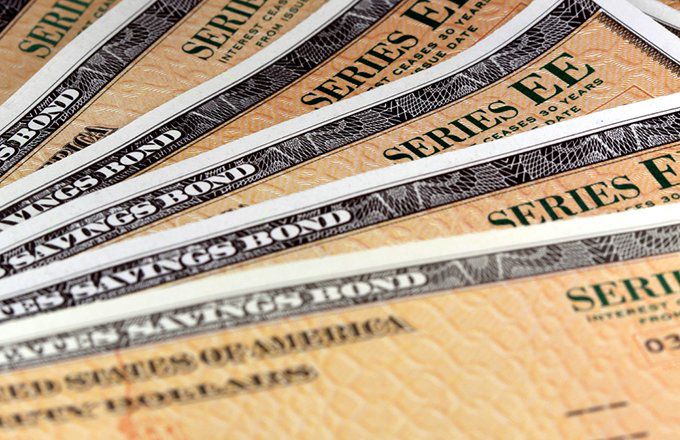[ad_1]
Treasury bond yields (or rates) are tracked by investors for many reasons. The yields on the bonds are paid by the U.S. government as “interest” for borrowing money (via selling the bond). But what does it mean and how do you find yield information?
A Treasury bill is a certificate representing a loan to the federal government that matures in three, six or 12 months. A Treasury note may mature in one to 10 years or more. A Treasury bond matures in more than 10 years and its yield is closely watched as an indicator of broader investor confidence. Because Treasurys carry the full backing of the U.S. government, they are viewed as the safest investment.
Key Takeaways
- A treasury bond is a certificate representing a loan to the federal government that matures in more than 10 years.
- Since they are backed by the U.S. government, they are seen as a safe investment, particularly relative to stocks and other securities.
- Treasury bond prices and yields move in opposite directions—falling prices boost yields and rising prices lower yields.
- The 10-year yield is used as a proxy for mortgage rates, and other measures; it’s also seen as a sign of investor sentiment about the economy.
- A rising yield indicates falling rates and falling demand for Treasurys, which means investors would rather put their money in higher risk, higher reward investments; a falling yield suggests the opposite.
Why Is the 10-Year Treasury Yield so Important?
This bond, which is sold at auction by the U.S. government, also tends to signal investor confidence. When confidence is high, the 10-year bond’s price drops and yields go higher because investors feel they can find higher returning investments and do not feel they need to play it safe.
But when confidence is low, the price goes up as there is more demand for this safe investment and yields fall. This confidence factor can also be explored in non-U.S. countries. Often the price of U.S. government bonds is impacted by the geopolitical situations of other countries with the U.S. being deemed a safe haven, pushing the prices of U.S. government bonds up (as demand increases) and lowering yields.
The four types of debt issued by the U.S. Department of the Treasury to finance the government’s spending activities are Treasury bonds (T-bonds), Treasury bills, Treasury notes, and Treasury Inflation-Protected Securities (TIPS); each one varies by maturity and coupon payments.
Another factor related to the yield is the time to maturity such that the longer the Treasury bond’s time to maturity, the higher the rates (or yields) because investors demand to get paid more the longer the investment ties up their money. This is a normal yield curve, which is most common, but at times the curve can be inverted (higher yields at lower maturities).
The 10-year Treasury is an economic indicator in that its yield tells investors more than the return on investment—while the historical yield range does not appear wide, any basis point movement is a signal to the market.
Changing Yields Over Time
Because the 10-year Treasury yields are so closely followed and scrutinized, knowledge of the historical pattern is an integral component of understanding how today’s yields fare as compared to historical rates. Below is a chart of the yields going back a decade.
While rates do not have a wide dispersion, any change is considered highly significant and large changes—of 100 basis points—over time can redefine the economic landscape.
Perhaps the most relevant aspect is in comparing current rates with historical rates or following the trend to analyze if the near-term rates will rise or fall based on historical patterns. Using the website of the U.S. Treasury itself, investors can easily analyze historical 10-year Treasury bond yields.
[ad_2]
Source link Google News

